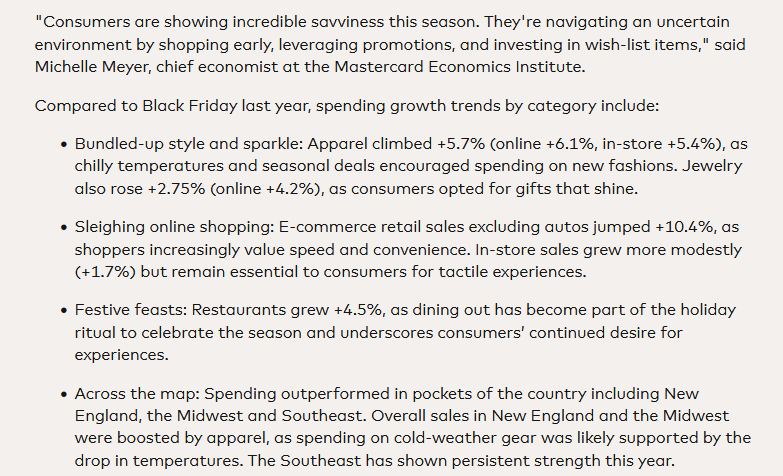With Democrat presidential candidate Kamala Harris proposing costly new interventionist schemes and co-opting Republican talking points in order to neutralize the unpopularity of rising prices among swing voters, her Republican opponent, Donald Trump, has responded by stealing a page from the Democrat state-building playbook. He has raised the bidding for votes with a preposterous new interventionist proposal of his own—a plan to boost fertility rates by turning in vitro fertilization (IVF) treatments into a free service, to be paid for by a combination of government subsidies and mandates on health insurers.
Traditionally, advocacy of IVF subsidies has been a staple of the same groups on the “progressive” side of the culture wars that have championed government-subsidized abortions on demand, like the Center for Reproductive Rights. According to data from the American Society for Reproductive Medicine, representing over 95 percent of IVF clinics in America, 390,000 IVF cycles were performed in 2022, which led to 91,771 births. The current cost of IVF and related procedures ranges from $15,000 to $30,000 per IVF cycle, making total current expenditures on the order of $8 billion per year.
Murray Rothbard’s theoretical analysis of the economics of “free” services and the incidence of government-imposed extortion implies that the costs of providing IVF treatments for “free” could be far, far higher. There are estimates that only a quarter of those who desire IVF treatments can actually afford them at current prices, so artificially reducing the price paid by patients to zero might mean at least a four-fold increase in the number of IVF cycles administered. It might even mean more if clinics (which would also have no incentive to control costs) encourage a greater number of cycles per patient to increase the chances of achieving a successful pregnancy.
Given the licensing requirements that restrict the supply of labor across many medical professions and the patent/licensing restrictions that cause the monopolization of many pharmaceutical compounds, it is also likely that the costs of providing each IVF cycle would soar in response to a massive increase in IVF demand. Additionally, there would be a squeeze on the supplies of some inputs that are also used for providing non-IVF medical services, thus driving up their prices too. Moreover, adding a couple hundred thousand additional babies each year to the population would undoubtedly accelerate the growth of numerous existing government programs. Overall, the total cost of such a fertility subsidy would amount to at least several tens of billions of dollars annually, easily dwarfing the cost of Harris’s notorious proposal to subsidize first-time home buyers.
To the extent that this fertility benefit were to be financed by government subsidies, it would almost certainly be paid for through inflation and debt. This would accelerate the rate at which dollar-denominated prices increase, while intensifying the bipartisan deindustrialization of America that has been occurring over the past half century by further promoting the growth of welfare statism at the expense of capital goods formation. To the extent that health insurers are forced to cover the costs of IVF treatments in the policies they offer, the price of health insurance policies would have to go up.
Employers who pay for most health insurance policies, in turn, would have to shift costs onto workers by reducing their wages (and onto owners of natural resources, etc.). As Rothbard explained in his theory of incidence, employers don’t control the demand curves for their outputs; they can only shift their own demand curves for labor and other inputs. Consumers would bear the costs in the form of higher prices only to the extent that labor and other inputs were withdrawn from the productive sector, causing the total quantities of goods and services produced to shrink.
It might seem strange that the Trump/Vance campaign would co-opt a policy position taken by the much-reviled enemies of social conservatives. But there is much more going on here than just an attempt to mollify voters who happen to be upset that anti-abortion laws enacted in Republican states are also interfering with IVF treatments. To understand the political calculations involved, a couple of crucial demographic features to note about the two parties are that (1) childless voters are overwhelmingly less likely to be Republicans or lean Republican than voting parents are; and (2) Republicans have more children and have them sooner than Democrats do.
As Ludwig von Mises noted in his analysis of the economic problems of family life in his 1922 work Socialism: An Economic and Sociological Analysis, women face an unavoidable tradeoff between child-bearing versus pursuing a remunerative career. They significantly delay having children or avoid having children altogether, not because they prefer cats over kids (as J.D. Vance’s snarky characterization of childless female Democrats would have it), but because many women choose to have the intellectual and social challenges of pursuing a career as a part of their lives. Even more so because the deterioration of real labor incomes over the past half-century has compelled even many conservative women to join the workforce to make up for the increasing inability of their husbands to function as sole breadwinners for their households.
The parental gap between the parties implies that fertility subsidies make political sense for Republicans, because they would reward a constituency that is already mostly Republican, and maybe win converts to the party from among older women seeking to have their first child. Likewise, it explains why Democrats prefer “reproductive rights” subsidies that serve to keep childless women childless, like government support for birth control and abortions.
The partisan differences in the number and timing of children implies that—to the extent the political views of younger individuals are influenced by their parents—Democrats are facing a demographic disaster. Simply put, Republicans have much higher birth rates. This explains why Democrats must capture educational and cultural institutions and systematically use them to subvert parental influence, specifically to convert the children of Republican parents into young Democrats. This also explains why Democrats selectively encourage influxes of Democrat-leaning immigrants to “replace” native-born Americans. To the extent that pro-natalist values are embedded in major religions, it also explains why Democrats have a political interest in using their educational and cultural clout to stamp out the influence of religious traditions as well as parental influence on the young, particularly with respect to sexual norms.
This demographic understanding of the differences in partisan interests, by the way, doesn’t imply any particular judgements of value regarding the desirability of bearing children relative to career pursuits, of the influence of parental and religious influences on children, or of immigration. However, a competition for votes by both parties via costly interventions that target various constituencies with such demographic factors in mind does require comment from economists. Politicizing decisions about lifestyles and ruining the economy with competitive bidding for votes makes it impossible even for the winning party and its supporters to enjoy their preferred values (cats or no cats) for very long.
Full story here Are you the author? Previous post See more for Next postTags: Featured,newsletter





















